
NGC 98 is a barred spiral galaxy in the Phoenix constellation. The galaxy NGC 98 was discovered on September 6, 1834, by the British astronomer John Frederick William Herschel.

NGC 6850 is a barred lenticular galaxy in the constellation Telescopium, discovered by John Herschel on 9 June 1836.

NGC 81 is a lenticular galaxy estimated to be about 270 million light-years away in the constellation of Andromeda.
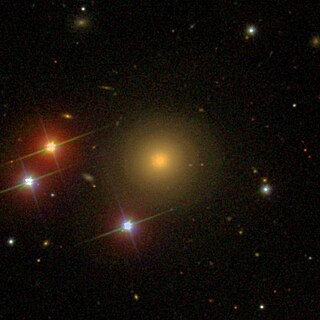
NGC 83 is an elliptical galaxy estimated to be about 260 million light-years away in the constellation of Andromeda. It was discovered by John Herschel in 1828 and its apparent magnitude is 14.2.
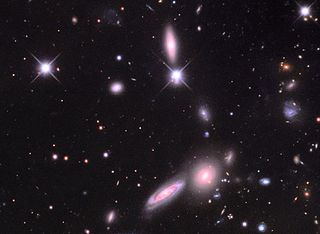
NGC 86 is a lenticular galaxy estimated to be between 275 and 300 million light-years away in the constellation of Andromeda. It was discovered by Guillaume Bigourdan in 1884 and its apparent magnitude is 14.9.

NGC 96 is a lenticular galaxy estimated to be about 290 million light-years away in the constellation of Andromeda. It was discovered by Guillaume Bigourdan in 1884 and its apparent magnitude is 17.
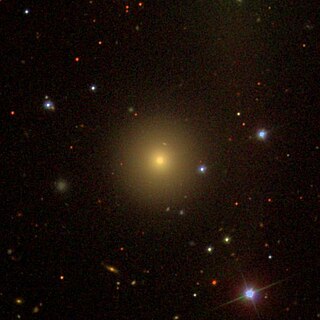
NGC 97 is an elliptical galaxy estimated to be about 230 million light-years away in the constellation of Andromeda. It was discovered by John Herschel in 1828 and its apparent magnitude is 13.5.

NGC102 is a lenticular galaxy estimated to be about 330 million light-years away in the constellation of Cetus. It was discovered by Francis Leavenworth in 1886 and its apparent magnitude is 14.

NGC 106 is a lenticular galaxy estimated to be about 270 million light-years away in the constellation of Pisces. It was discovered by Francis Leavenworth in 1886 and its apparent magnitude is 14.5.

NGC 109 is a spiral galaxy estimated to be about 240 million light-years away in the constellation of Andromeda. It was discovered by Heinrich d'Arrest in 1861 and its magnitude is 13.7.
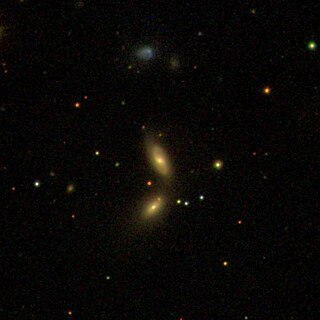
NGC 94 is a lenticular galaxy in the constellation Andromeda. It was discovered by Guillaume Bigourdan in 1884. This object is extremely faint and small. A little above the galaxy is NGC 96. NGC 94 is about 260 million light-years away and 50,000 light-years across.

NGC 124 is a spiral galaxy in the constellation Cetus. It was discovered by Truman Henry Safford on September 23, 1867. The galaxy was described as "very faint, large, diffuse, 2 faint stars to northwest" by John Louis Emil Dreyer, the compiler of the New General Catalogue.
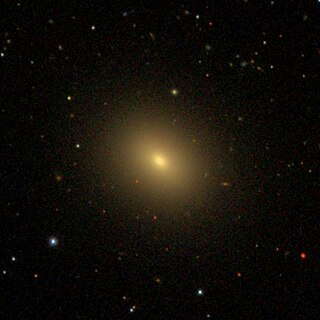
NGC 5343 is an elliptical galaxy in the constellation of Virgo. It was discovered on 5 May 1785 by William Herschel.
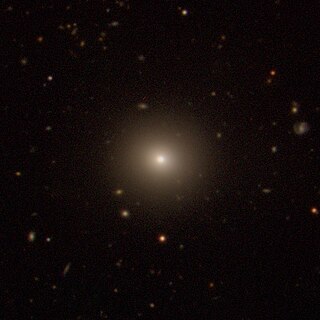
NGC 154 is an elliptical galaxy in the Cetus constellation. The galaxy was discovered by Frederick William Herschel on November 27, 1785.

NGC 155 is a lenticular galaxy in the Cetus constellation. It was discovered on September 1, 1886, by Lewis A. Swift.
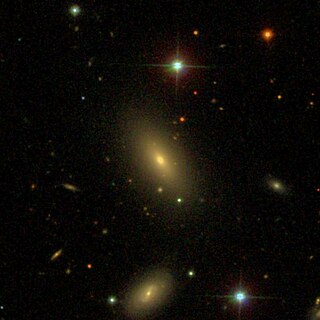
NGC 161 is a lenticular galaxy in the Cetus constellation. It was discovered on November 21, 1886, by Lewis A. Swift.
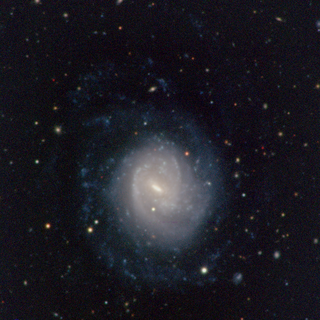
NGC 255 is a barred spiral galaxy in the constellation Cetus. It was discovered on November 27, 1785, by Frederick William Herschel.

NGC 257 is a spiral galaxy in the Pisces constellation. It was discovered on December 29, 1790, by Frederick William Herschel.
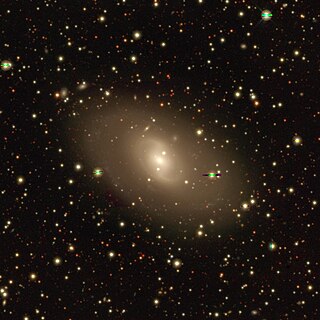
NGC 5026 is a barred spiral galaxy or lenticular galaxy in the constellation of Centaurus. It was discovered on 5 June 1834 by John Herschel. It was described as "pretty bright, pretty large, round, gradually brighter middle" by John Louis Emil Dreyer, the compiler of the New General Catalogue.

NGC 3697 is a spiral galaxy in the constellation of Leo. It was discovered on 24 February 1827 by John Herschel. It was described as "extremely faint, very small, extended 90°" by John Louis Emil Dreyer, the compiler of the New General Catalogue. It is a member of HCG 53, a compact group of galaxies.




















